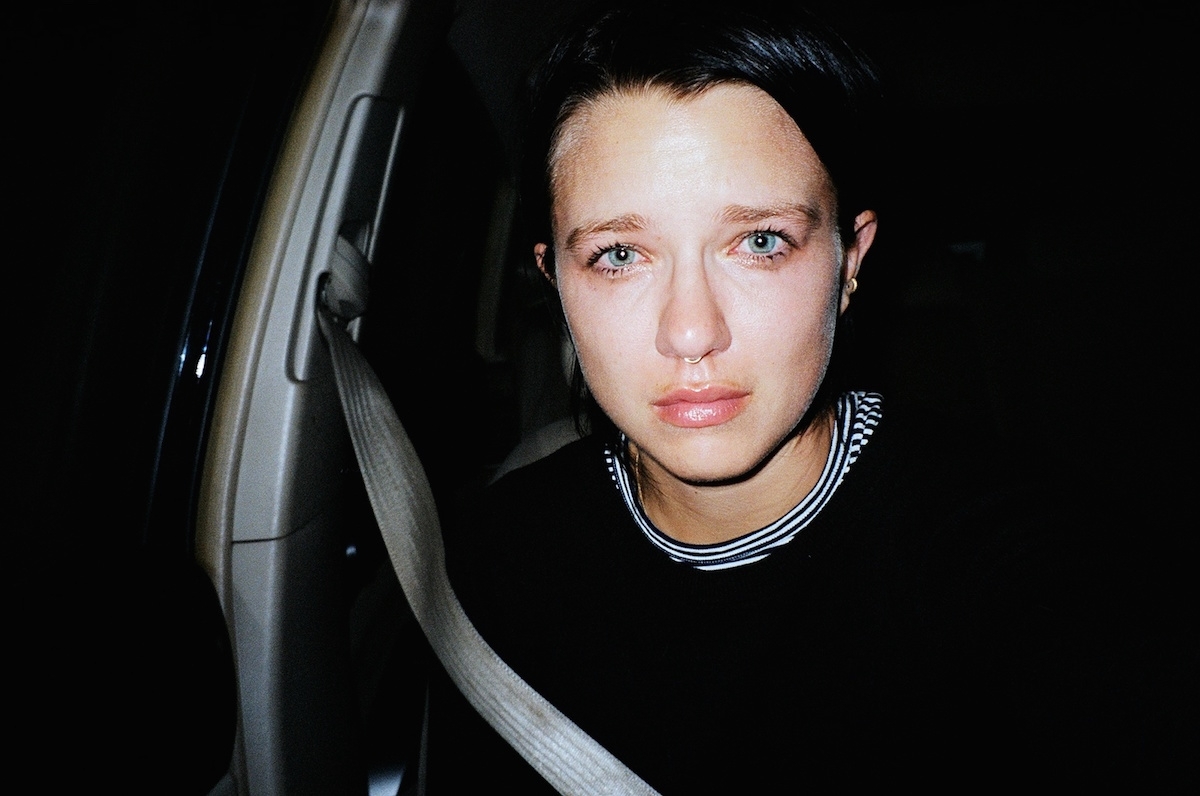One Sunday morning this past October, a New York math teacher named Will Collins became an accidental hero. A day after his team’s playoff hopes were smashed by the Dodgers, he called into Mike Francesa’s WFAN radio show and made a desperate plea for Mets pitcher Matt Harvey to step it up. In the recording, which immediately went viral, his voice waivers then cracks before he hangs up. “Will, are you crying?” Francesa asks.
In 2015, “we are all Will from Queens” — as fans wrote on handmade signs at the next Mets home game. When season-hardened 42-year-old New York sports fans are breaking down on air, no one is immune from public displays of sadness. Even the cliché that middle-aged male sports fans don’t cry has all but dissolved in a pool of tears.
This summer, PDS (Public Displays of Sadness) struck the VMAs with a wave of violent hysteria. Justin Bieber, formerly defined by his impervious bad-boy front, broke down in body-wrenching sobs after performing his comeback hit “What Do You Mean?” Doubled over the edge of the stage, his tears fell onto the heads of his fans in a surreal (because it was so real!) scene of public humility. Not long after, during an equally surreal speech announcing his ambition to run for president, Kanye West struggled on the brink of emotional collapse for an agonising 13 minutes.
It was surprisingly emotive viewing for an MTV awards show. It seemed as if a screen had fallen down and suddenly we were watching these two religiously image-conscious celebrities grapple real-time with real moments of vulnerability. And they weren’t the only musicians to let it all hang out in 2015.
This year, exquisite misery queen Lana Del Rey returned with the melancholic Honeymoon. Britain’s mopiest men, Coldplay, struck again last month with A Head Full of Dreams. Rising hip-hop artist Raury just released Trap Tears, in which he repeats the word “tears” nine times per hook. And Drake’s mythic sensitivity spawned an app in which users can wipe away his tears. Even hyper-upbeat Canadian pop star Carly Rae Jepsen released a record called Emotion.
Then there’s Adele. No sound gives voice to pop culture’s year of sadness like 25. No journalist has made it to the end of an interview with the singer without welling up. And, as the cast of SNL sent up, no one can listen to Hello without experiencing transformative, heart-crushing grief. “That’s how I know that I’ve written a good song for myself – it’s when I start crying,” Adele told the New York Times. “It’s when I just break out in [expletive] tears in the vocal booth or in the studio, and I’ll need a moment to myself.”
As they are for Adele, tears have become a kind of marker of cultural authenticity in 2015. They’ve become a sign of realness in the face of packaged pop stars, wooden movie franchises, and the images of carefully styled perfection we see reflected back to us through our phone screens.
A trend for sharing crying selfies this year demonstrated a movement away from the filters and artifice of social media. For a show during Miami Art Basel earlier this month, photographer Petra Collins and co-curator Madelyne Beckles made a tapestry from images of their friends’ tear-streaked faces.
See also: Photographer Emily Knecht’s project Feelings, shown in Los Angeles this spring, in which she took a selfie every time she cried for three years. “It’s so much more vulnerable and narcissistic than nudity,” Knecht says about documenting her own teary face after (or during) arguments with her boyfriend and other life crises. See also: teenage Instagram personality Essena O’Neill‘s puffy-eyed confessionals about losing perspective on social media.
While Knecht and O’Neill explore the potential for narcissism in publicly broadcasting our most intimate moments of sadness, this year the “Sad Girl” movement claimed misery as a mode of political resistance. Artist Audrey Wollen, who is currently writing a book on the subject, told i-D in a recent interview, “Sad Girl Theory proposes that the internalised suffering women experience should be categorised as an act of protest.” She argues that women can disrupt the status quo by “enacting their own sorrow.”
With the increase of public crying this year, there has also been a falling away of shame surrounding PDS. In some cases, crying has become something to declare proudly, like a badge of emotional intuneness. When the second season of Jill Soloway’s show Transparent premiered earlier this month, Twitter was clogged with outpourings about the feel-pocalypse provoked by episode nine. (A sample of tweets re-posted by cast member Hari Nef: “I didn’t think you’d be able to make me cry that much??? really”; “began uncontrollably sobbing”; “thanks for making me weep my heart out.”)
It’s not that we collectively discovered new depths of human emotion this year, it’s that we became more open to expressing our feelings and less judgmental of the results. What helped us? Social media, certainly, the ultimate vehicle for dispatching play-by-plays of our inner states. Adele. A slight relaxing of the traditional, gender-skewed prejudice against crying (in October, the New York Times published a piece assuring men “it’s all right to cry”). And perhaps no cultural touchstone this year embodied our progress towards collective emotional health as much as Pixar’s Inside Out, in which Phyllis Smith plays Sadness personified, just one emotion in a cast of others.
But there were also so many legitimate reasons to cry this year — the refugee crisis, the terrorist attacks in Paris and Beirut and beyond, the gun crime epidemic in the U.S., the ever more real threat of global warming — and it makes sense that pop culture would follow suit. Even notoriously unflappable Angela Merkel (who, in July, managed to make a 14-year-old refugee girl cry and remain dry-eyed), said, after the attacks in Paris, that she too was “crying with France.”
Credits
Text Alice Newell-Hanson
Photography Emily Knecht
